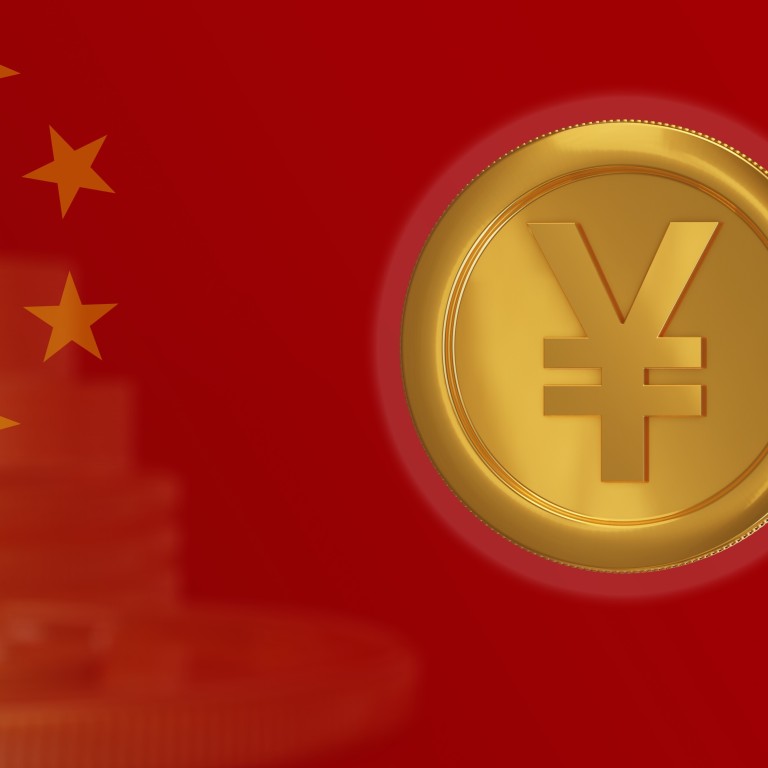
How China’s digital currency could impact the country’s fintech start-ups
- Beijing’s push for a sovereign digital currency was originally driven by the rapid digitisation of the economy and the rise of cryptocurrencies.
The digital payments market in China helped revolutionise the global e-payments industry, with China playing a significant role in the initial adoption and implementation of e-payments as a whole.
The presence of Chinese-based virtual payment systems throughout the world points to the success that Chinese organisations have had in the areas of customer education, acquisition, and usage.
China’s lead in the digital payments industry is now ready for another milestone – the first state-backed digital currency: the digital yuan or Digital Currency Electronic Payment (DC/EP).
But many analysts are asking what effects – both positive and negative – could the digital yuan have on the broader fintech ecosystem.
What will China’s digital yuan mean for Alipay and WeChat Pay?
Although this feature was quickly disabled soon after its soft launch, the very notion that one of the four “big banks” in China had actually designed such a wallet within its ecosystem highlights the leaps and bounds that China has made with developing its own home-grown digital currency.
Today, China’s e-payments industry is currently led by Ant Group’s Alipay and Tencent’s WeChat Pay. Ant Group, previously known as Ant Financial, is an affiliate of Alibaba Group Holding.
China also currently leads the world in fintech adoption and investment, with the country accounting for 46 per cent of all fintech investments in 2018.
Beijing’s enthusiasm for a sovereign digital currency was originally prompted by the rapid digitisation of the country’s commercial transactions and the extraordinary rise of cryptocurrencies, such as bitcoin.
However, it is increasingly being driven by Beijing’s ambition to prepare for what may become the future of the international monetary system, amid decoupling threats and potential financial sanctions from the United States, according to analysts.
The disclosed details of the DCEP indicate it will have a two-tier structure with central bank control – the PBOC would issue the money to commercial banks, which would then provide it to individuals through their e-wallet accounts.
Why it’s a big deal that Alipay and WeChat Pay are opening up to tourists
While the exact technical approach and privacy settings remain unclear, it is speculated that the currency will sit in the Alipay and WeChat Pay wallets alongside other balances.
This could shrink the space that less dominant fintech operators such as AsiaPay, PayPal, UnionPay, and others work in, effectively forcing them to use these two dominant systems over smaller, industry-specific ecosystems.
So, while the development of the digital yuan is definitely exciting to see, there are still a lot of unknowns and some concerns that it could risk creating bottlenecks with regards to China’s fintech industry at-large. A healthy implementation should encourage smaller players and ongoing innovation.
Hugh Harsono writes regularly for multiple publications about cyberspace, economics, foreign affairs and technology.

